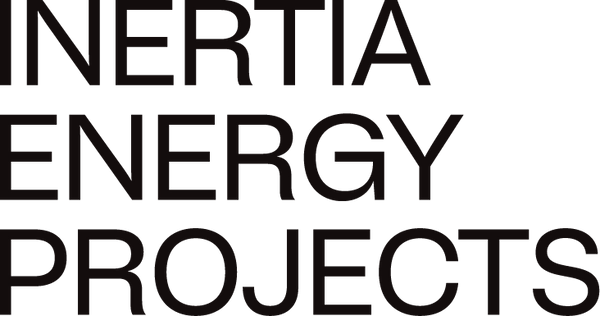The Do’s and Don’ts of Running Generators: Stay Safe, Stay Powered
Share
Generators are a vital source of power in emergencies, but using them safely requires careful attention. Whether you have a portable generator for backup or a permanent solution for your home or business, it’s essential to follow safety guidelines to avoid dangerous risks. At Inertia Energy Projects, we urge you to always hire a qualified electrician for all installation and maintenance needs.
Here are the essential Do’s and Don’ts to ensure you and your family stay safe when using a generator.
Generator Do’s:
1. Keep the Generator Outside
Always operate your generator outside, in an open, well-ventilated area. Never use it indoors (even in a garage) due to the risk of carbon monoxide (CO) poisoning. Ensure the generator is placed far from doors, windows, and vents.
2. Install a Carbon Monoxide Alarm
For added safety, install a battery-operated carbon monoxide alarm inside your home. This extra precaution helps detect dangerous CO levels before they become a threat.
3. Keep the Generator Dry
Never use a generator in the rain or under wet conditions. Make sure the generator is operating on a dry surface and is sheltered from moisture. This reduces the risk of electric shock or equipment damage.
4. Use Heavy-Duty Extension Cords
If you need to use an extension cord, ensure it’s heavy-duty, outdoor-rated, and can handle the total wattage or amperage of your appliances. Check the cord regularly for damage and ensure it’s in good condition with no exposed wires or cuts.
Generator Don’ts:
1. Never Backfeed
Backfeeding occurs when you plug a generator into a wall outlet to power your house’s electrical system. This is extremely dangerous and can cause severe electrocution risks to utility workers and neighbours. Never attempt back feeding. Only a qualified electrician can install a changeover switch to isolate the generator from the grid and avoid backfeeding.
2. Always Hire a Qualified Electrician for Connections
If you must connect a generator to your home’s electrical system, always hire a licensed electrician. Only a qualified professional can install a changeover switch that safely connects the generator to your electrical wiring in compliance with AS/NZS 3000 Electrical installations and Energex/Ergon Energy requirements.
Don’t risk DIY connections—a licensed electrician ensures the work is done safely, protecting you, your property, and the surrounding community.
3. Avoid Fuel-Related Fire Hazards
Store fuel in properly labelled, non-glass safety containers, and ensure it’s kept away from your home and any fuel-burning appliances. Never store fuel inside the house or near heat sources, as it increases the risk of fire.
4. Turn Off the Generator Before Refueling
Always turn off your generator and allow it to cool before refueling. Spilled fuel on hot engine parts can cause fires or explosions.
Portable vs. Permanent Generators:
Portable Generators:
These generators are usually connected directly to appliances through their plug and supply cord. There’s no connection back to your electrical switchboard.
Permanent Generators:
Permanent generators are connected to your electrical system via a changeover switch. This switch ensures the generator is safely isolated from the grid, providing reliable power without the risk of backfeeding. Always have a licensed electrician install the changeover switch to ensure proper installation and safety.
Why You Should Always Hire a Qualified Electrician
Safety is the top priority when working with generators and electrical systems. Many generator-related hazards like backfeeding, improper installation, and failure to meet Australian standards can be avoided with professional help. At Inertia Energy Projects, we don’t just sell generators; we install, service, and maintain them, ensuring full compliance with safety regulations.
Ensuring it’s done safely and efficiently, protecting your home, business, and loved ones.
